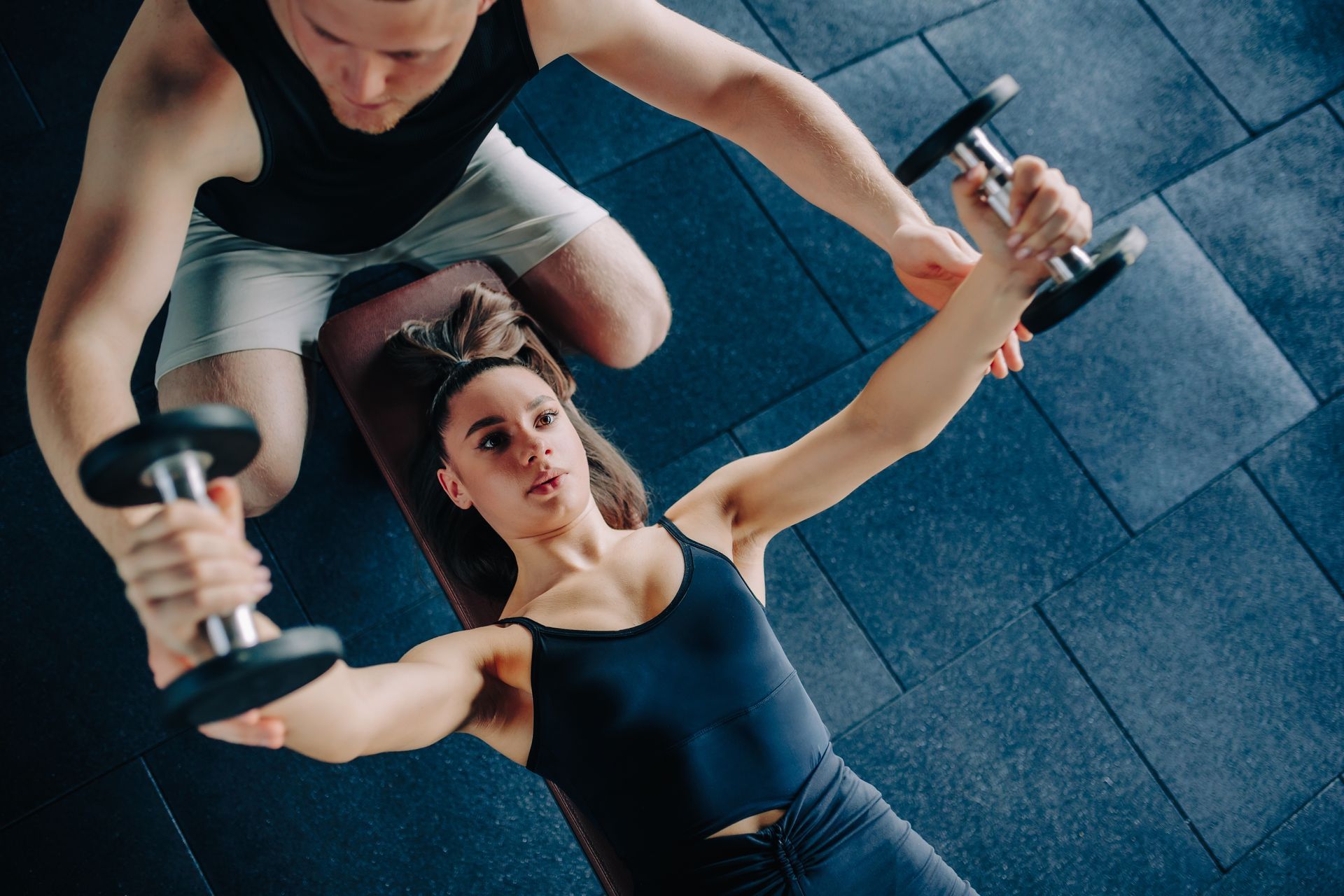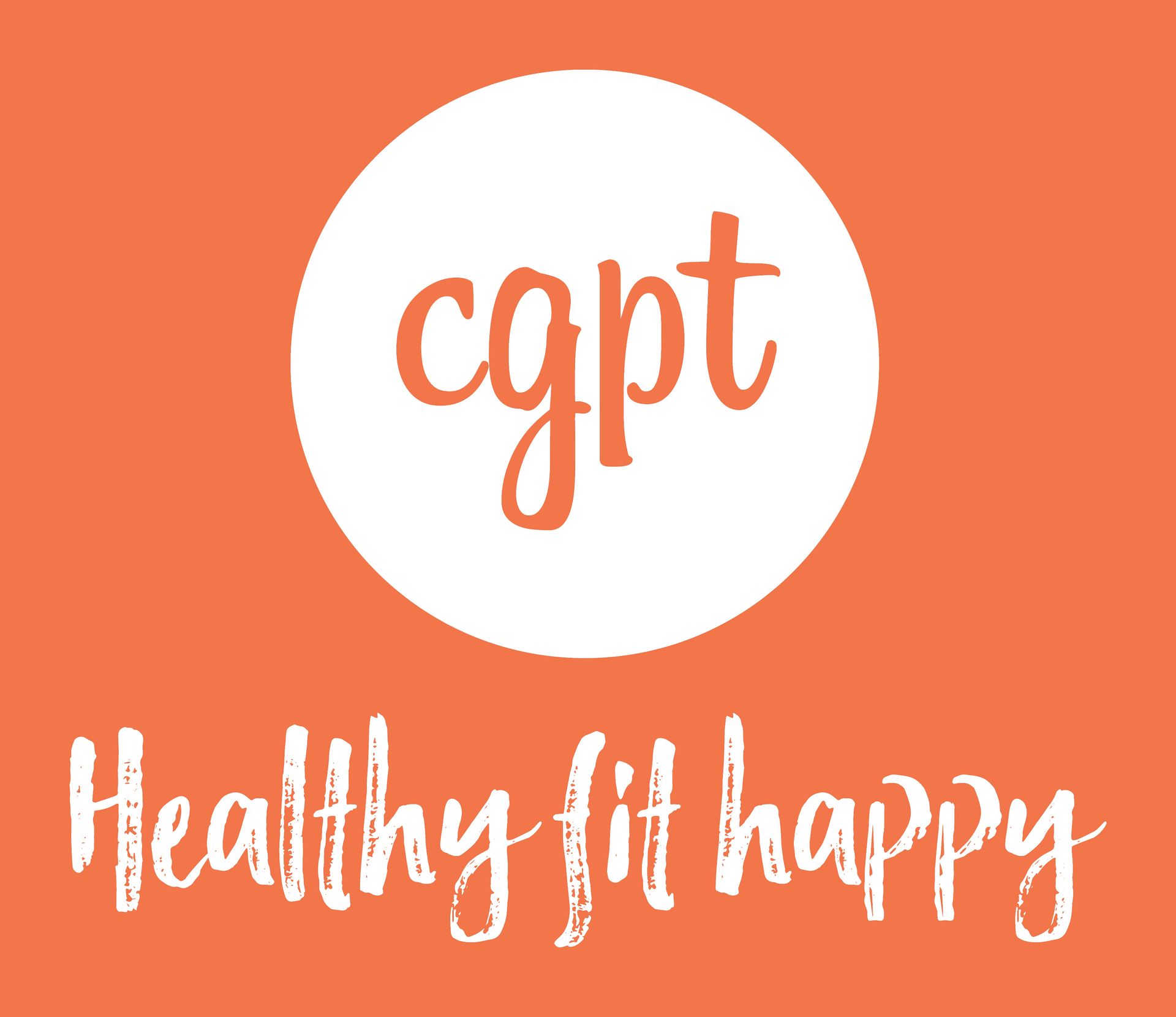Strong, Fit, and Flexible: How Local Mums Can Carve Out Time for Themselves Without Missing a Moment
Strong, Fit, and Flexible: How Local Mums Can Carve Out Time for Themselves Without Missing a Moment
For mums in Hawthorn, mornings can feel like a marathon before 9am - getting the kids dressed, finding lost library books, packing lunches, and racing to school drop-off. The rest of the day often blurs into errands, appointments, and after-school activities. Finding an hour for yourself can sometimes feel impossible.
But here’s the truth: strength training doesn’t have to be a luxury, and it’s not “time away” from your family. For local mums, those 60 minutes can be the difference between running on empty and having the energy, confidence, and strength to keep up with everything you love - without feeling worn down in the process.
At CGPT in Hawthorn, we see it every day. Mums who thought they didn’t have the time or the energy are now fitter, stronger, and more confident than ever, and they’re doing it in a way that works around their lives - not the other way around.
Why Hawthorn Mums Need a Smarter Fitness Solution
After childbirth, your body goes through massive changes - physically, hormonally, and mentally. If you’ve read our blog on The Benefits of Strength Training for Women After Childbirth, you already know that building strength helps restore muscle tone, protect your joints, and boost energy levels.
Now we take the next step: showing you exactly how Hawthorn mums can make it work in the real world.
The good news? You don’t need to spend hours in the gym to see results. In fact, with the right guidance and program, 60 minutes two to three times a week is more than enough to see noticeable changes in strength, mood, and stamina.
Fitting It In: How 60 Minutes Can Transform Your Week
Think of strength training like a non-negotiable meeting with yourself - one that fits neatly between school drop-off and pick-up. At CGPT, we specialise in efficient, personalised 60-minute sessions that give you everything you need without a second wasted.
Some of our local mums book a 9:30am session, right after drop-off, and still have plenty of time for all that needs to be done in a day before pick-up. Others prefer lunchtime slots to break up their day and recharge before the afternoon chaos.
Our trainers - including Sophie, Laurence, and Tim - are experts at making sure every minute counts. They tailor your program to your goals, energy levels, and schedule so you leave feeling accomplished, not exhausted.
Beyond the Body: The Real Benefits for Mums
Strength training isn’t just about looking toned - although that’s a nice bonus. For Hawthorn mums, the benefits go much deeper:
· More Energy for Everyday Life – Whether it’s running after a toddler in Fairview Park or carrying sports gear for the kids at Anderson Street Oval, you’ll have the stamina to keep going without feeling drained.
· Improved Mood & Mental Health – The combination of endorphins, a sense of achievement, and an hour just for you can help lower stress and lift your mood.
· Fewer Aches & Pains – Strengthening the muscles you use every day means less strain on your back, neck, and joints.
· Confidence in Your Body – It’s not about “getting your old body back” - it’s about building a strong, capable one for the life you’re living now.
Time-Saving Hacks for Busy Mums
Making time for strength training is easier when you have a few strategies up your sleeve:
· Pre-Pack Your Gym Bag – Keep essentials like a water bottle, sneakers, and a hair tie ready to go. Bonus tip: stash a spare set in the car for those spontaneous “I actually have an hour free and so does my trainer” moments.
· Quick Post-Workout Snacks – Protein smoothies, Greek yoghurt with fruit, or a boiled egg with avocado toast will refuel you fast and keep you going until lunch.
· Make It Social – want to train 2-on-1 with one of the other school mums? No problem – double sessions are our specialty! Or arrange to meet another mum for a coffee after your session at Axil Coffee Roasters on Burwood Road or Sonny Ray on Auburn Road - from training straight into a treat.
Strength Moves for Mum Life
Our programs at CGPT focus on functional strength - exercises that make your daily life easier. These aren’t random gym moves; they’re designed to help you lift, carry, bend, and move better in the real world.
Some examples you might see in a session:
- Goblet Squats – Perfect for building the leg and core strength needed for picking up kids or heavy bags.
- Deadlifts with Dumbbells – Helps protect your back when lifting prams or moving heavy items.
- Seated Rows – Improves posture and prevents the rounded shoulders that come from hours of holding babies or leaning over laptops.
- Farmer’s Carries – Trains grip, shoulder, and core strength - basically “carrying everything in from the car in one trip” training.
The best part? With Laurence’s focus on technique, Sophie’s supportive coaching style, and Andrea’s knack for creative, effective programming, you’ll always be doing the right moves for your body and goals.
Why CGPT Works for Local Mums
In a world of overcrowded group classes and impersonal big-box gyms, CGPT offers something different:
· Private, Personalised Training – You’re not just another member. Your program is built entirely around you.
· Flexible Scheduling – Sessions that fit into the school day without cutting into family time.
· Local & Community-Focused – We’re right here in Hawthorn, surrounded by the same parks, cafés, and schools you love.
· Expert Coaches Who Understand Your Life Stage – Our trainers know how to adapt workouts for postpartum recovery, time limitations, and real-world functional fitness.
It’s Not Indulgence - It’s an Investment
Too often, mums feel guilty for taking time for themselves. But here’s the thing: your family benefits when you’re at your best. More energy. Less stress. Better health. Strength training isn’t selfish - it’s essential.
Think about it: in just two or three hours a week, you can dramatically improve the way you feel and move, setting the tone for every other hour you spend with your family.
Ready to Get Started?
If you’re a Hawthorn mum looking for a way to feel stronger, more energised, and more confident - without sacrificing precious time with your family - CGPT is here to make it happen.
You don’t need to overhaul your life, buy complicated equipment, or spend hours in the gym. You just need a plan that works for you, a trainer who understands your goals, and a supportive space where you can make it happen.
Email Andrea at andrea@chrisgympt.com to find out how we can design a strength program that fits perfectly into your life.
Because being strong, fit, and flexible isn’t just for the gym - it’s for every moment you live and love outside of it.




